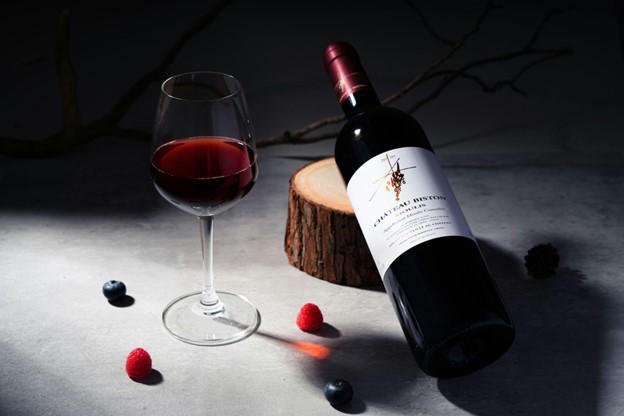
A luxe wine line isn’t only grapes and glass. It’s a set of choices about what you stand for, where you source, and how you sell, all while staying inside U.S. rules that have a way of multiplying like vineyard rows in August. Done right, the bottle feels inevitable on a white tablecloth in Chicago or a backyard in Austin.
- Pick your lane and sourcing model.
Decide whether you’re building prestige around a place or a palate, then choose how to get wine in bottle. Many founders start with cleanskin and private label wine services to test concepts without buying land or tanks. A New York retailer, for example, can launch a Napa Valley Cabernet at 750 ml with a 13.9% ABV, hitting shelves in 90 days by selecting finished lots and focusing spend on packaging.
- Lock in supply, style, and quality.
Secure consistent juice from an AVA that matches your story, define target alcohol and oak, then protect it with lab work and blind panels. A brand aiming for supple Pinot Noir might contract two lots from the Sonoma Coast, maintain 13.5% ABV, and specify 30% new French oak, verified by monthly ETS Laboratories reports and a three-person tasting panel that includes a WSET Diploma holder.
- Design a label that passes TTB and turns heads.
Develop a visual system that clearly indicates the price tier, ensuring compliance with federal regulations, and submit it early for approval. The TTB’s Certificate of Label Approval, filed on Form 5100.31, typically returns in 10 to 30 days if you include key items: vintage, class, net contents, sulfites, ABV, and a government warning. One Los Angeles studio created a restrained label using Pantone 7547 and uncoated stock, then added a raised varnish on the crest. The bottle reads “luxury” under dim light at Spago, and it cleared compliance on the first pass.
- Price smart and choose channels within the 3‑tier reality.
Set ex‑cellar, distributor, and retail targets that leave daylight for everyone, then pick routes to market that fit your volume. A Washington State launch might wholesale at $144 per 12‑bottle case, yielding a $24 shelf price and $16 by‑the‑glass in Seattle. If you add direct‑to‑consumer from a California fulfillment house, use ShipCompliant to keep state shipping rules straight. Utah is a hard stop, Florida is friendlier, and Colorado has quantity limits. Luxury buyers forgive scarcity, not sloppiness on invoices.
- Launch with intent and keep the story going.
Stage a tight release, seed the right accounts, and build a member list before vintage two. A Denver debut at a 100‑person tasting, supported by 20 hand‑sold cases to three restaurants, can generate 200 emails and first‑month reorders if you pair it with a limited magnum drop. Track velocity in Shopify POS, share vineyard shots taken during harvest, and email tasting notes within 48 hours of major scores.
A luxe label lives at the intersection of place, palate, and discipline. Source with intention, design with restraint, price with math, and ship within the lines set by the TTB and your chosen states. If the plan stays steady for 12 months, the second vintage becomes less guesswork and more craft. That’s when the bottle starts to carry a legacy, not just a name, and your lifestyle claim feels earned rather than announced.



